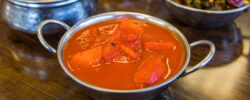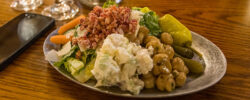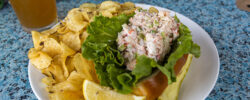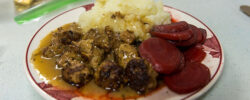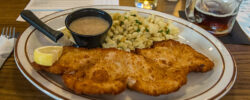Whitehall Red Panda (Whitehall, NY)
Returning home from the Adirondacks involves more driving time than you think, since most of the drive is meandering along US Route 4 as it passes through eastern New York and Vermont. Interestingly, part of this drive is four-lane divided highway (roughly between Fairhaven, VT and Rutland, VT, a byproduct of one of the original alignments of I-89 that never came to be, and briefly considered in the 1970s as a potential I-92), but mostly the drive bounces from one small town to the next until you get to New Hampshire. Between our Lake George trips and most of our westward voyages to upstate New York, I think I’ve done that drive a good hundred times, and it isn’t all that often that we notice a new place showing up. But as we were driving through Whitehall (one of several claimants to be the Birthplace of the US Navy), we had spied a relatively new Asian restaurant, Whitehall Red Panda, and decided to give it a try.

